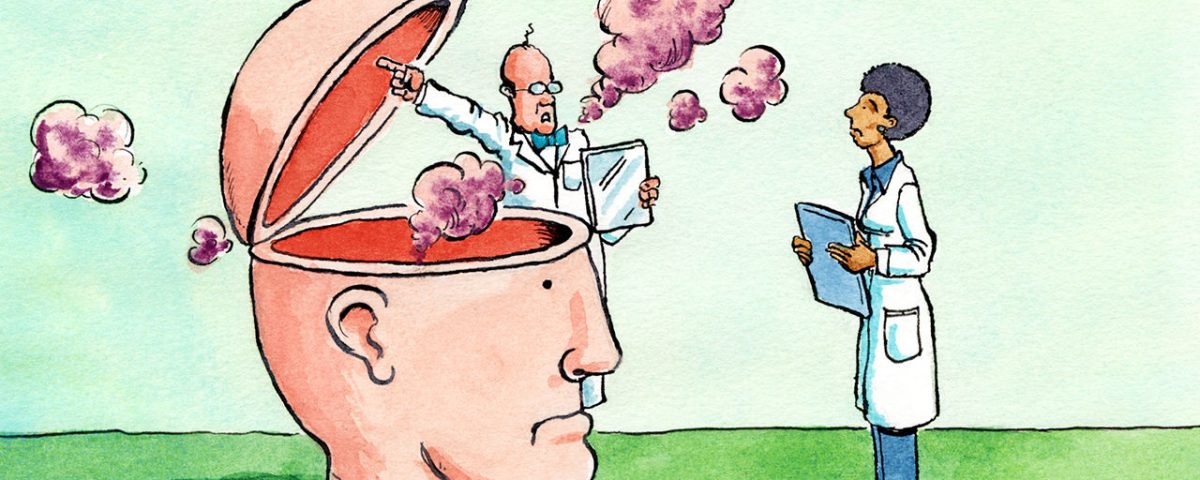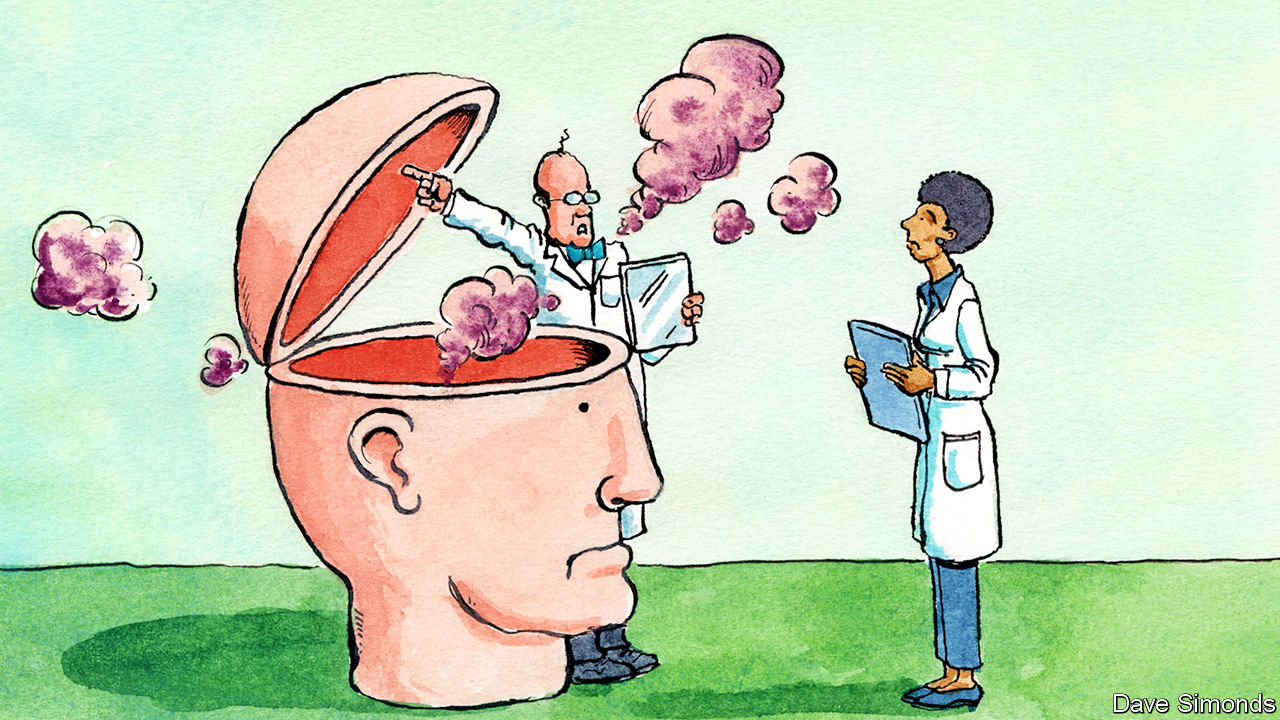A big collaboration is trying to understand diseases of the psyche
DISEASES of the psyche have always been slippery things. Schizophrenia, bipolar disorder, major depression and a host of others have no visible markers in the brain. Their symptoms overlap sufficiently that diagnoses may differ between medical practitioners, or even vary over time when given by a single practitioner. In this they are unlike neurological diseases. These either leave organic traces in the brain that, though not always accessible before a patient’s death, are characteristic of the condition in question, or cause recognisable perturbations of things such as electroencephalograms.
The impulse to categorise, though, is enormous—as witness the ever greater number of conditions identified in successive editions of the Diagnostic and Statistical Manual of Mental Disorders, published by the American Psychiatric Association. That is because diagnosis and treatment go hand in hand. But if diagnostic categories are misconceived then treatment may be misapplied. In this context a paper…Continue reading
Science and technology







